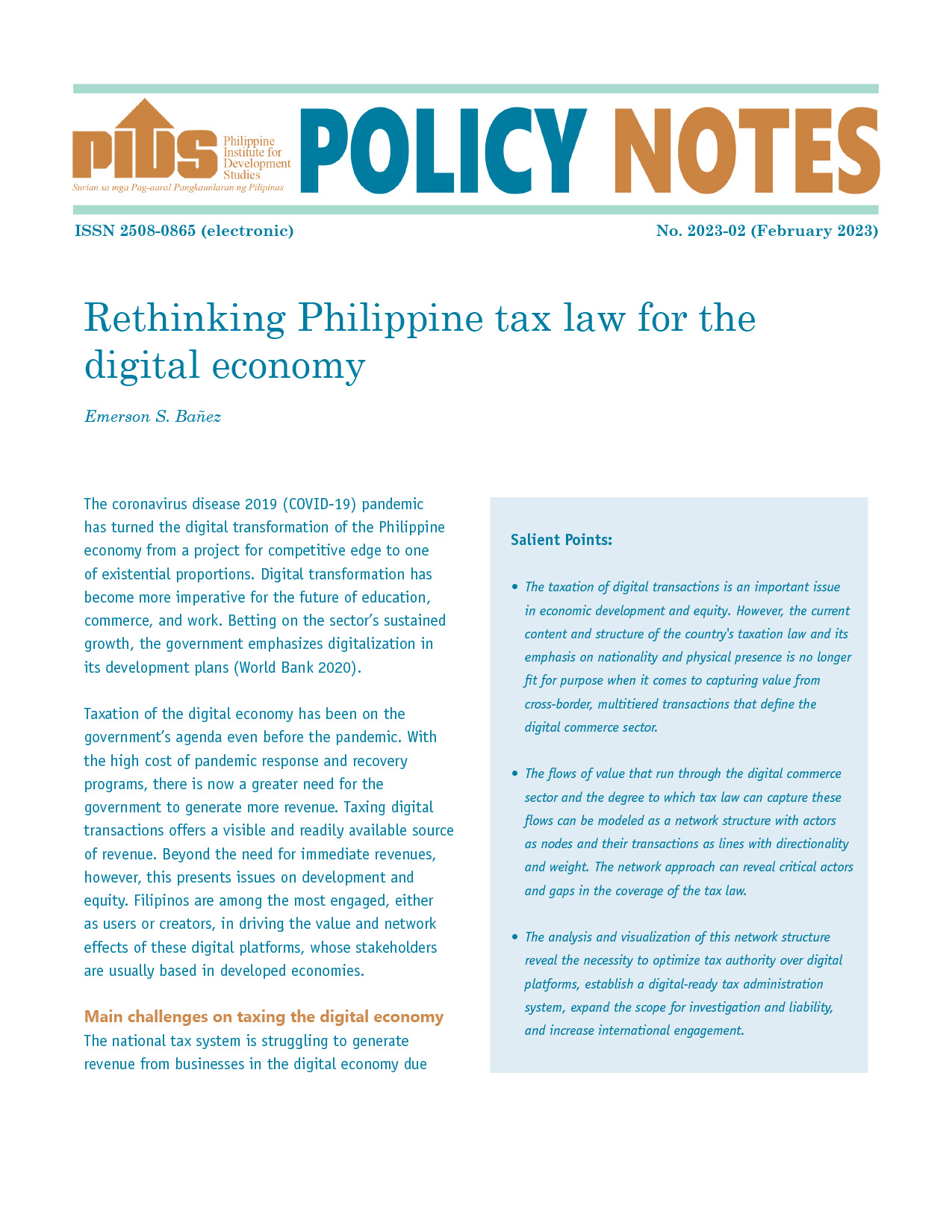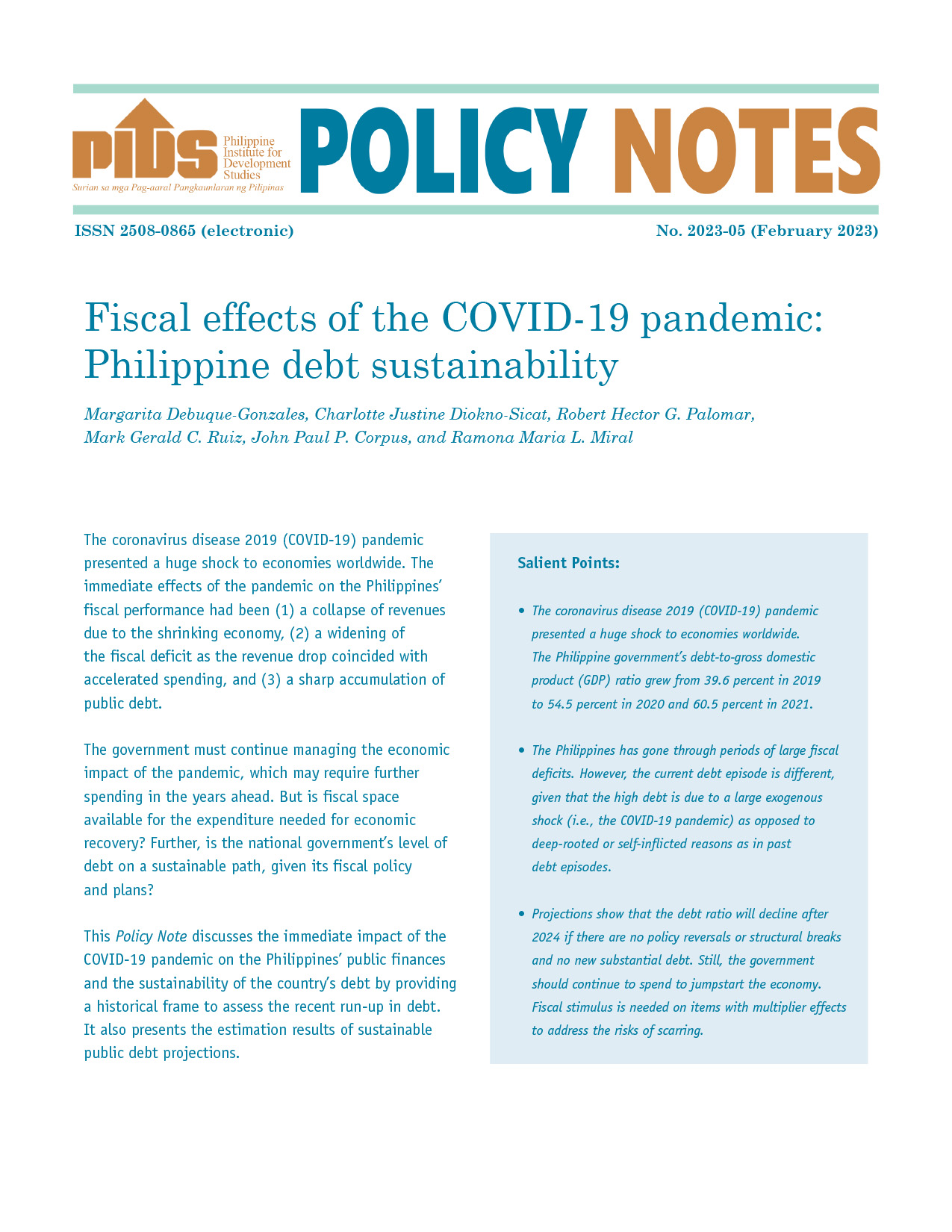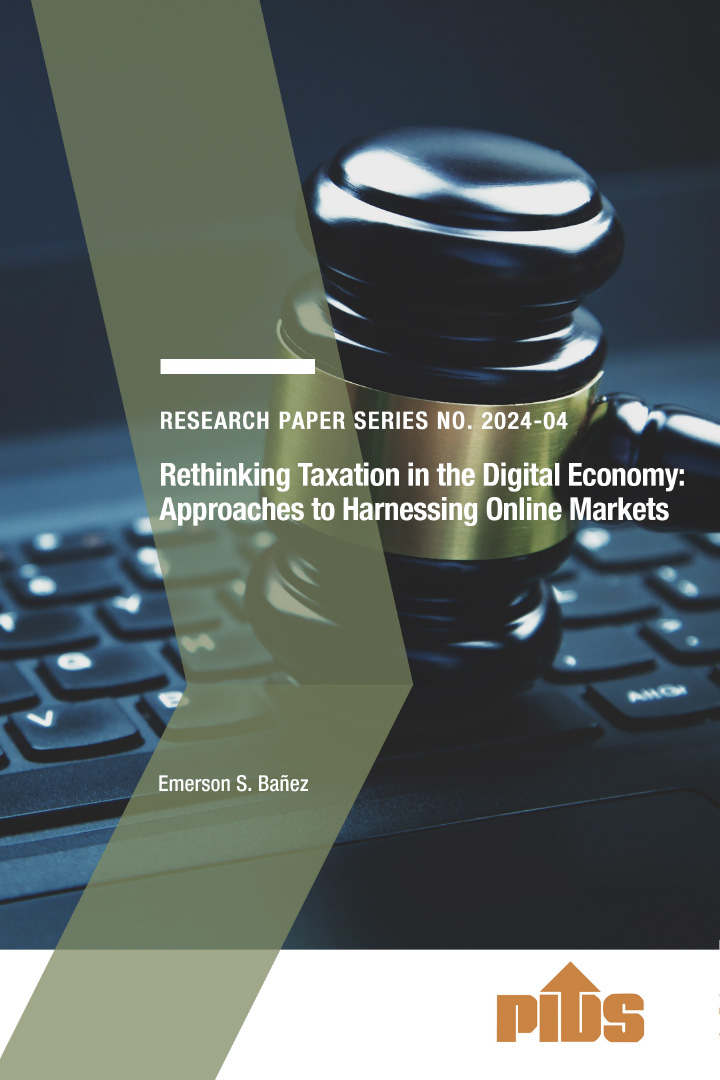IN 2022, the Internal Revenue Allotment (IRA) for local government units will increase by about P225 billion, thanks to a July 2018 Supreme Court ruling that corrected a persistent, intentional misinterpretation of the IRA law by every administration since the implementation of the Local Government Code in 1992. While this is mostly good news, there is still a considerable risk that both the national government and local government units (LGUs) could make a complete mess of it. That is why, according to a study by the Philippine Institute for Development Studies (PIDS) presented late last month, government at all levels should be preparing even this early to ensure a smooth transition.
First, a bit of background: The Supreme Court in July 2018 ruled in favor of two petitions challenging the national government’s computation of the IRA; one petition was filed by a group led by Batangas Gov. Hermilando Mandanas while the other was filed by the late Bataan representative Enrique Garcia Jr.
The question of both petitions — which were the culmination of multiple attempts by LGUs to change the way the IRA was calculated — focused on what the Local Government Code actually meant by “national internal revenue taxes,” of which LGUs are entitled to a “just share.” The national government had always interpreted that rather narrowly to mean “taxes collected by the Bureau of Internal Revenue,” while the LGU petitions argued that it should mean all taxes collected by the national government, including customs duties, excise taxes, franchise taxes and mineral royalties.
The Supreme Court sided with LGUs, and then reaffirmed its ruling in April 2019 after the predictable appeal. The court gave the national government a considerable break, however, by denying the petitioners’ plea to make the ruling retroactive to 1992, which might have actually bankrupted the government, and setting the start of the new IRA scheme to 2022.
According to the PIDS study, the gain for the LGUs in 2022 will be about P225.3 billion — P1.103 trillion under the new computation versus P847.4 billion calculated under the old scheme. The exact figure will of course depend on the national government’s actual revenue collections next year.
That presents two obvious challenges, as the PIDS study pointed out. First, the national government will need to realign its budget to cover the additional IRA, which it will most likely do by defunding those programs for which the responsibility can be transferred to LGUs. Second, LGUs need a considerable amount of preparation and capacity-building to be able to effectively manage a sizable increase in revenue, and particularly in delivering services for which they now rely on the national government.
Most of the public would look at this impending development with a bit of trepidation, as there is a great deal of variation among LGUs in terms of competence and ethical reliability. There are those who do a good job, but the public experience, particularly for anyone trying to start or expand a business, is more often than not unsatisfying.
This variability undercuts the otherwise reasonable notion that the broader IRA will help to reduce inequalities among LGUs, and even out development across the country. Shifting a greater part of overall government revenues to the local level is also a key step towards federalism in that sense. The paradox is, however, that in order for a system that allows LGUs to better manage their affairs according to their own needs and circumstances to work properly, there has to be some uniformity in the approach to using the resources that will enable them to do that: A greater degree of autonomy for LGUs will actually require a greater degree of centralized regulation.
Not surprisingly, no one, not the national government, the LGU leadership, PIDS or the rest of the country’s academia has figured that out. No one has gotten farther than simply identifying “capacity building” and “good governance” as needs; how to meet them in practical terms is still a mystery. And if some concrete ideas along those lines cannot be developed and implemented before 2022, then the cynical forecasts of what might happen when a large number of LGUs suddenly find themselves awash in funds are probably going to be closer to the truth than anyone cares to admit.
One thing that would help to address the looming, if not to say inevitable, problem would be for the national government to decide quickly, within the early part of the coming year at the latest, what responsibilities it will pass on to LGUs and defund at the national level.
This would at least allow LGUs to identify the areas where they need training and subject matter expertise. So far, it has been reluctant to do that because it has been reluctant to accept the reality forced on it by the Supreme Court’s ruling. If things go as they usually do in this country, the next time the topic of the expanded IRA will come up will likely be once budget deliberations for 2022 begin sometime in the latter part of next year.












